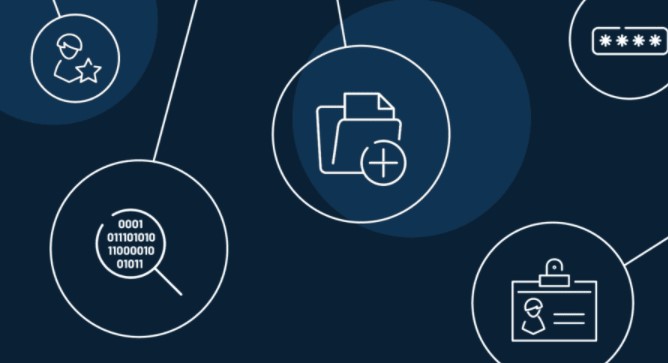Everything You Need to Know About Digital Identity Management
Managing your digital identity is necessary, and we all need to do it. But knowing how to manage your digital identity — what it is, how it’s created, and what you can do with it — isn’t always easy. This article provides the information you need on that topic.

What Is Digital Identity?
Digital identity is a term that describes what makes you, you. It’s the collection of information about you that lives online, including your name, address, birth date, and other details that you share with the world. Digital identity is a subset of your identity, including information like where you live and work.
Online, digital identities can even include things such as our medical records.
Your digital identity is valuable because you are an individual. And the unique information that makes you up can be used to prove that fact.
Digital Identity Management Is Different From Online Identity
Typically, when we talk about online identity, the context relates to being anonymous or controlling what people know about us from a computer screen. But managing your identity in the digital world is more complicated. After all, when you’re filling out a form on a website, it’s about providing information to that one company.
The information we hold about our identities — what we look like and where we live — isn’t something we typically need to hide or change for different websites or companies. But sometimes, we want other pieces of information to be available for various purposes, which is where identity management comes in.
Being able to control how much information is available about you and who can access that information (and for what reasons) is the heart of https://trustgrid.com/ digital identity management.
What Are The Benefits Of Digital Identity Management?
There are many benefits of having a clearly defined digital identity that includes the ability to manage the collection and disclosure of personal data.
For instance, there’s the ability to control what you’re sharing based on how much information you want a company or individual to have about you.
Another benefit of having a digital identity is having access to products and services designed with your specific needs in mind — like financial services and discounts for seniors and students.
Each time we use the digital information associated with our identities; we give up a little more information about ourselves. With the rise of big data and analytics, companies are becoming better at predicting your future behavior based on what you do today. A clearly defined digital identity means that only relevant information is shared when necessary.
How Is Digital Identity Created?
Digital identity is created through the collection and use of personal information. For instance, when you give information to establish your credit card account, complete a loan application or share personal details with an online retailer.
Governments can also issue digital identities. For example, a national identity card (or number) can be used to prove your age and identify you as a citizen.
Having a digital identity is beneficial because it establishes that the person using the information is who they claim to be. That’s why we ask for identifying details like passports or driver’s licenses before entering into transactions with others. And e-commerce sites ask users to enter credit card details to prove they are over a certain age.
It’s worth noting that digital identities typically aren’t static things — they change and evolve as we do in the real world, especially when we experience life changes like getting married, divorced, or having children.

